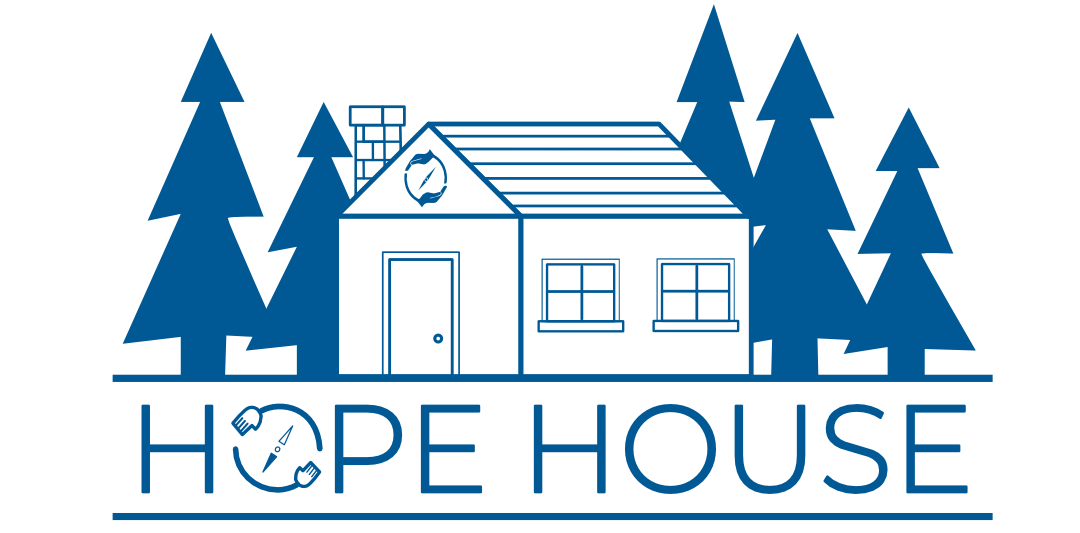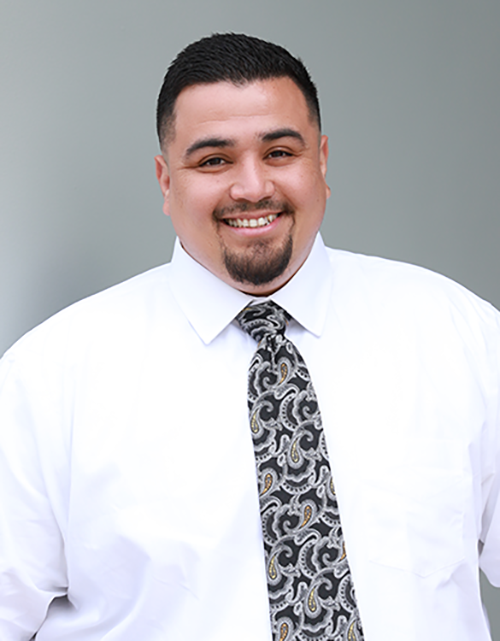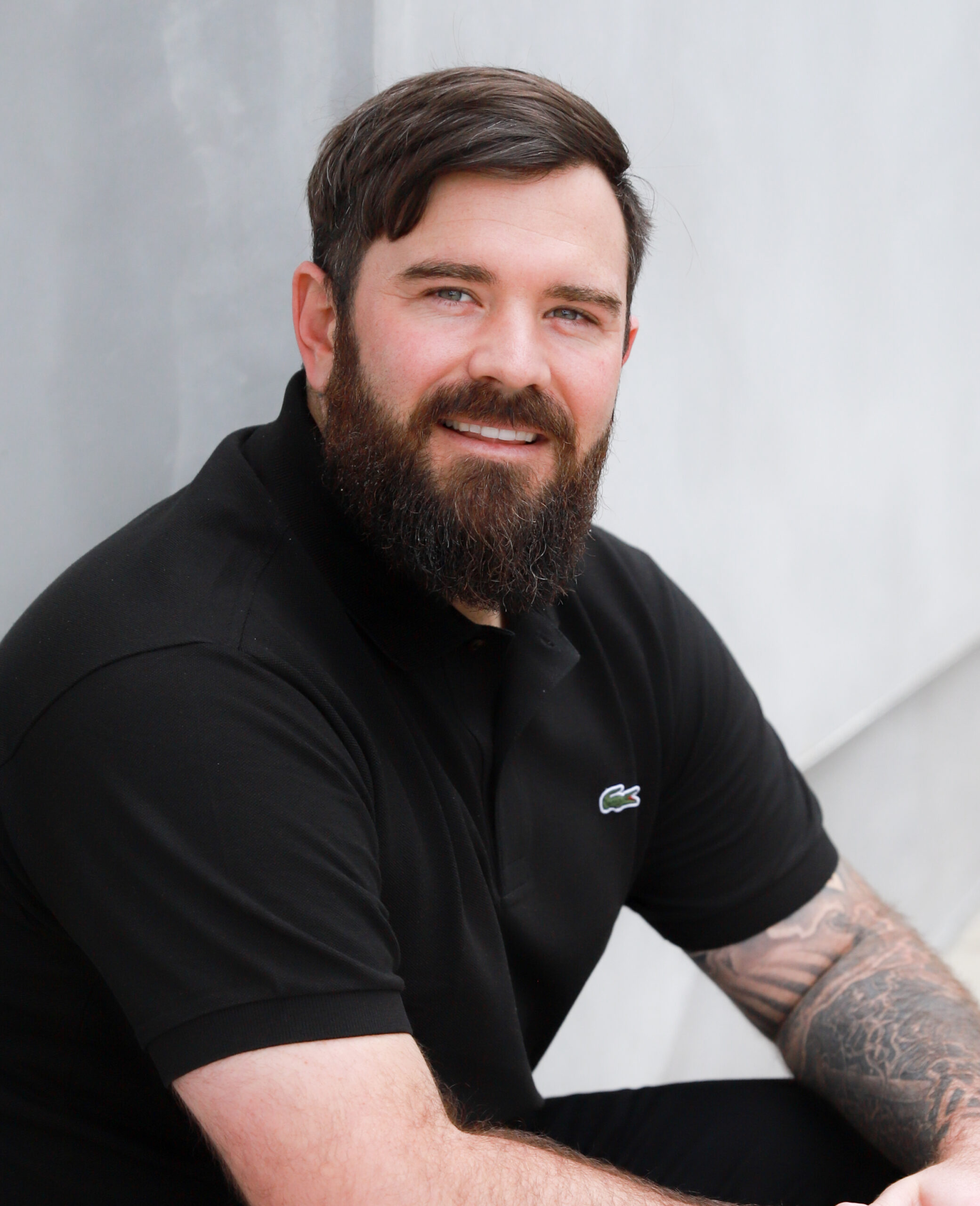HOPE House Program and Structure
HOPE House Program and Structure

Program Oversight
click image for bio
HOPE House Structured Living isn’t just another sober living program—it’s a premier model for sustainable recovery. Our program delivers measurable, long-term success, consistently surpassing national averages in sobriety rates, employment outcomes, leadership development, and community reintegration. We don’t just help individuals get sober—we empower them to rebuild their lives, regain economic independence, and become active societal contributors.
Sober Living is Priority #1
A supportive environment is essential in early recovery from addiction and alcoholism. The HOPE House goal is simple...a completely sober space built on pride, recovery, and community.
The Standards for All Residents
On-Site Leadership
Spiritual & Personal Growth
Employment & Engagement
Household Responsibilities
Overnight Passes
Curfew
HOPE House Retention Distribution
Unmatched Community Support & Long-Term Engagement
Hope House: 81.5% of residents stay connected to a support network after leaving.
National Average: Only 60% remain engaged in recovery communities (Polcin et al., 2010).
Why This Matters: Recovery doesn’t stop when treatment ends. Programs with high post-residency engagement provide essential peer support, reducing relapse risks and reinforcing accountability. A strong support network is a key predictor of long-term recovery success and significantly decreases the likelihood of relapse.
HOPE House Retention Distribution
Higher Sobriety Rates & Lower Relapse
Hope House: 77.8% of residents maintain sobriety after leaving.
National Average: Just 45% of sober living residents stay abstinent for 6-12 months (National Institute on Drug Abuse [NIDA], 2020).
Why This Matters: For treatment professionals, ensuring long-term recovery is a top priority. Hope House nearly doubles national success rates, offering structured support, peer accountability, and continued recovery engagement. Referring clients to a program with proven outcomes increases the likelihood of sustained sobriety and reduces the cycle of relapse and re-admission to treatment.







